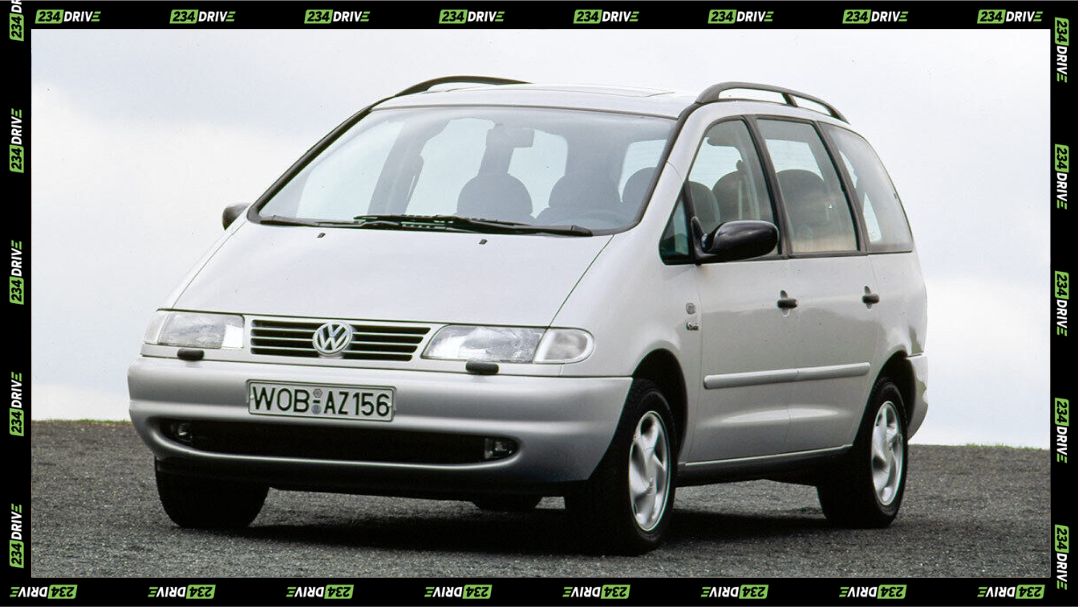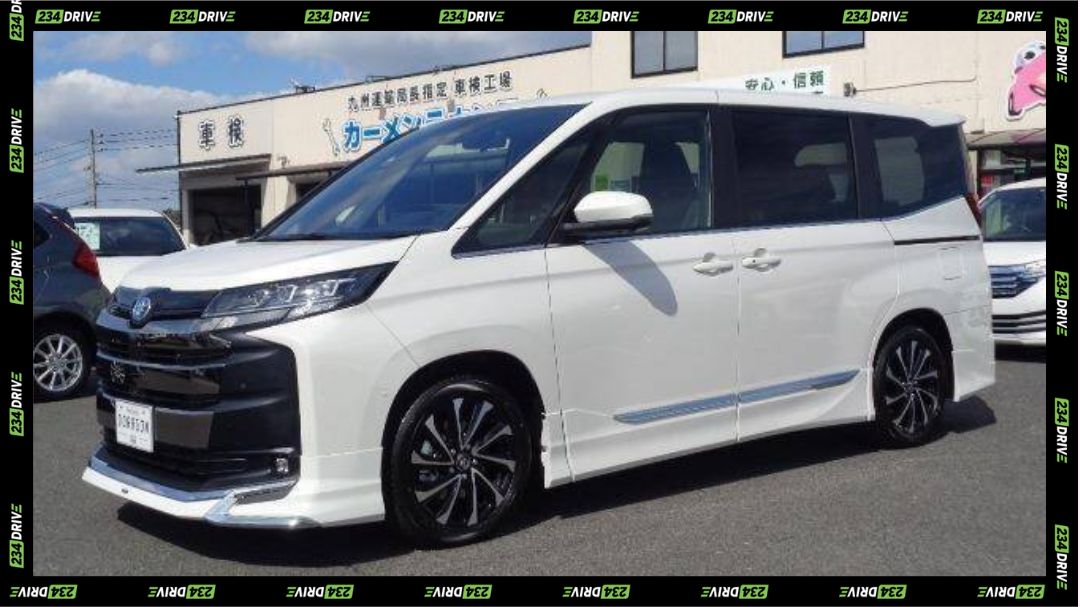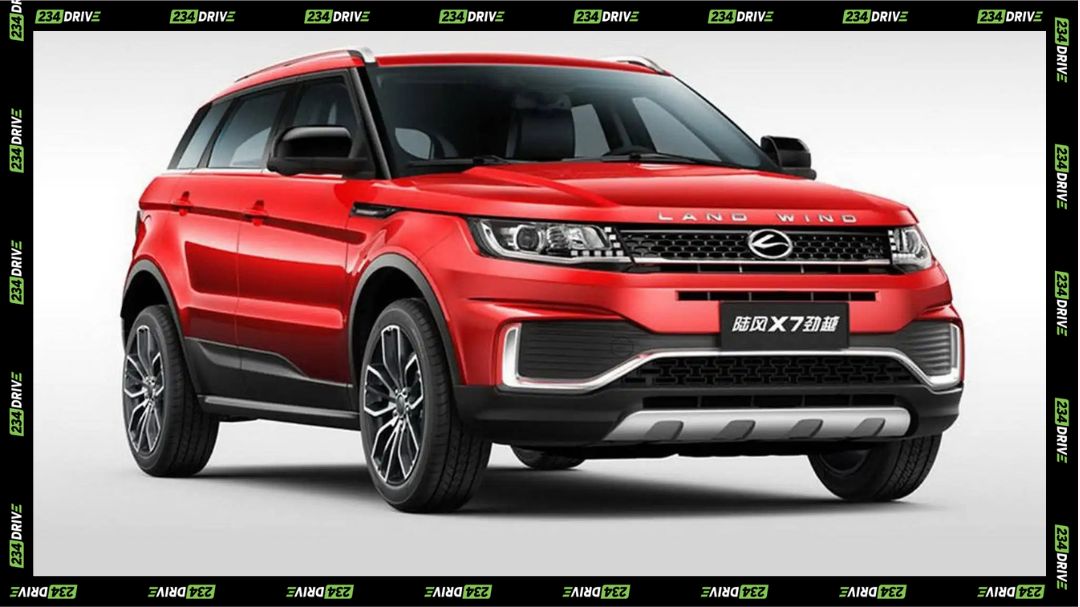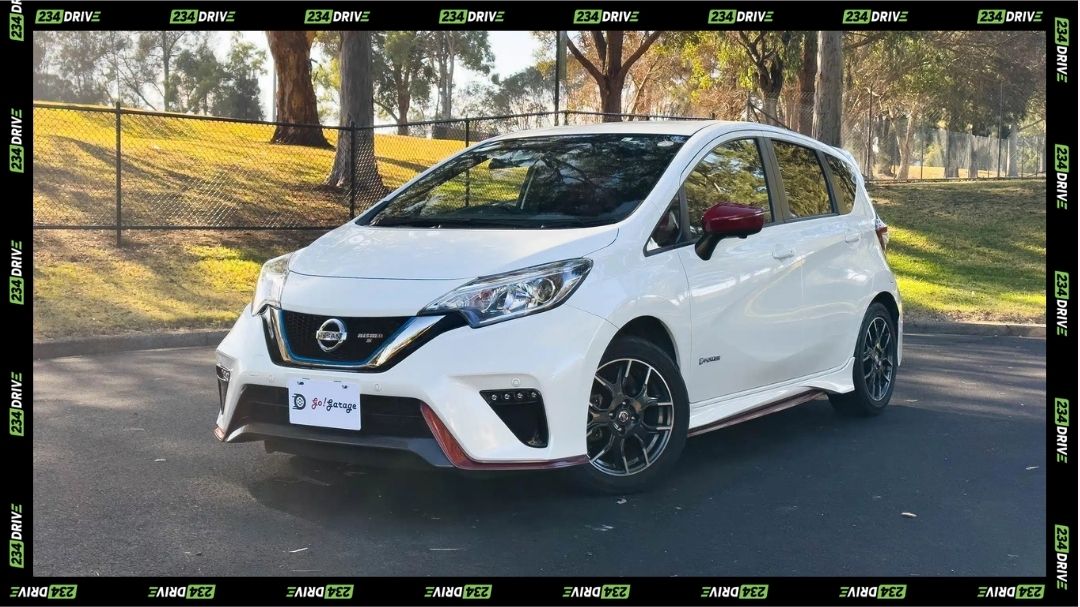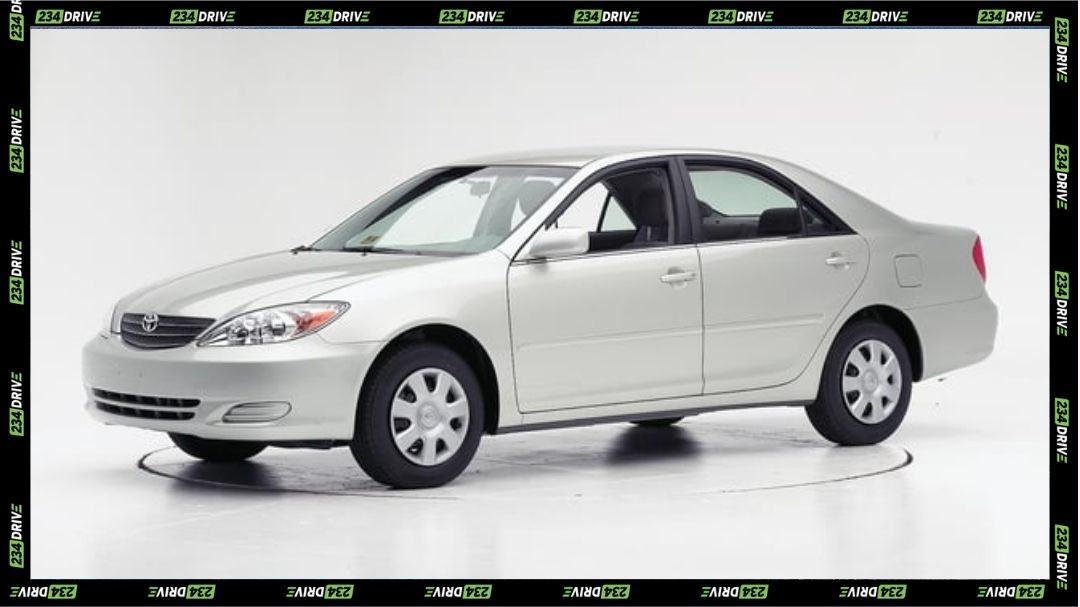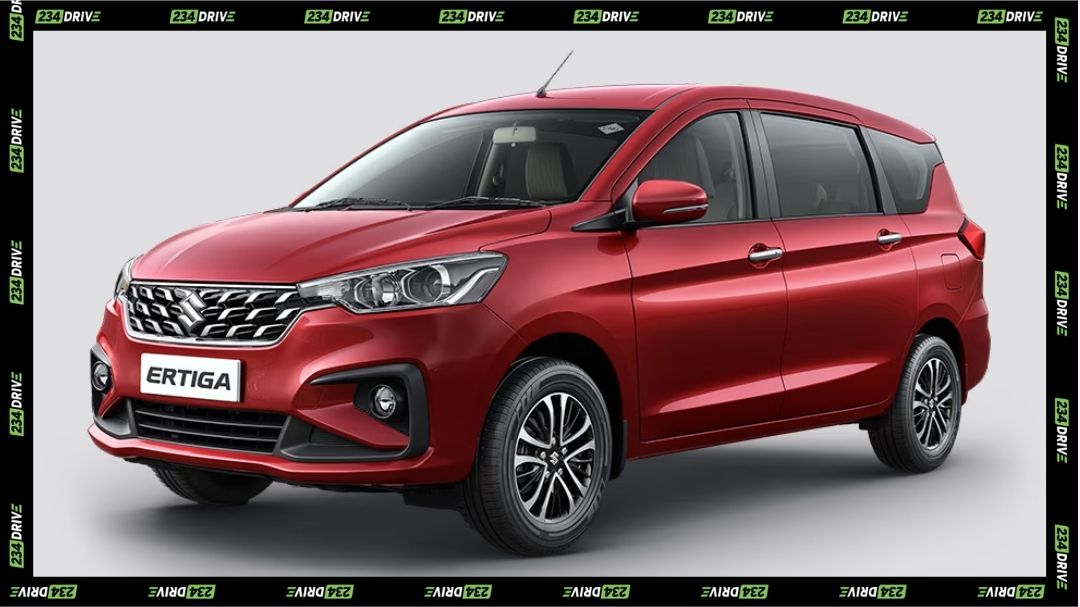The 2025 Hyundai Tucson represents a polished evolution in Hyundai’s lineup, blending refreshed styling with upgraded interior tech and practicality. This mid-cycle update positions it as one of the most refined compact SUVs in its class, appealing to drivers who prioritise comfort, space, and modern design over outright performance. Hyundai’s continuous focus on value and innovation ensures the Tucson remains a compelling option for families and professionals alike.
Since its major redesign in 2022, the Tucson has consistently stood out for its futuristic looks and balanced performance. The 2025 model builds on that foundation with subtle but meaningful improvements—new design elements, upgraded cabin materials, and user-friendly tech. While it may not boast radical mechanical changes, the attention to detail in this refresh underscores Hyundai’s commitment to enhancing usability and driving satisfaction without losing sight of affordability.
Exterior Design and Styling
The 2025 Tucson carries a bolder stance, thanks to revised bumpers, an updated front grille, and reshaped LED daytime running lights. The changes are evolutionary, maintaining the sharp, geometric look that has defined the Tucson since its 2022 redesign. Depending on the trim, wheel sizes range from 17 to 19 inches, with the top trims showcasing 19-inch alloys that complement its athletic proportions. The XRT variant continues to add a rugged dimension with blacked-out trim, roof rails, and protective cladding, making it ideal for those who enjoy light off-road exploration.
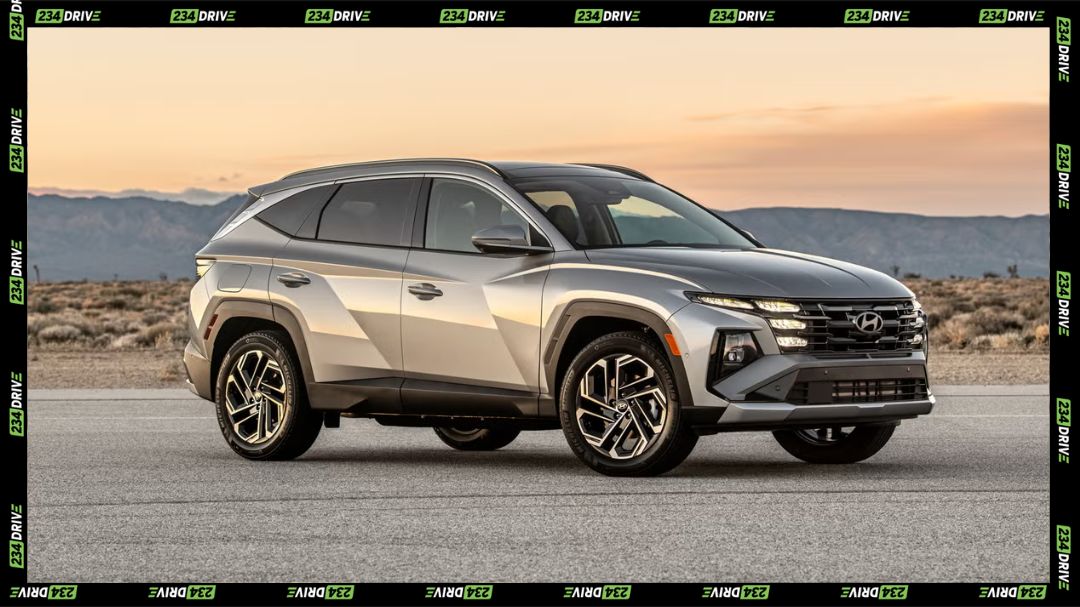
From the front, the redesigned grille integrates more cohesively with the LED lighting signature, while the rear benefits from sleeker taillight designs. Hyundai’s attention to aerodynamics helps the Tucson maintain its smooth lines and fuel-efficient performance. Available colour options like Phantom Black, Polar White, and Intense Blue give buyers more ways to express personal style. Despite its premium touches, the exterior retains a restrained sophistication, appealing to those who prefer understated elegance over flashiness.
Interior Comfort and Features
Step inside the 2025 Hyundai Tucson, and the cabin immediately feels more upscale. Hyundai has refined the dashboard layout, replacing the touch-sensitive climate controls from the 2024 model with physical buttons—an improvement that enhances ergonomics and reduces distractions. Dual 12.3-inch displays now curve together in a single housing, giving the interior a seamless, high-tech look. The overall feel is minimalist yet functional, with soft-touch materials and ambient lighting across higher trims.
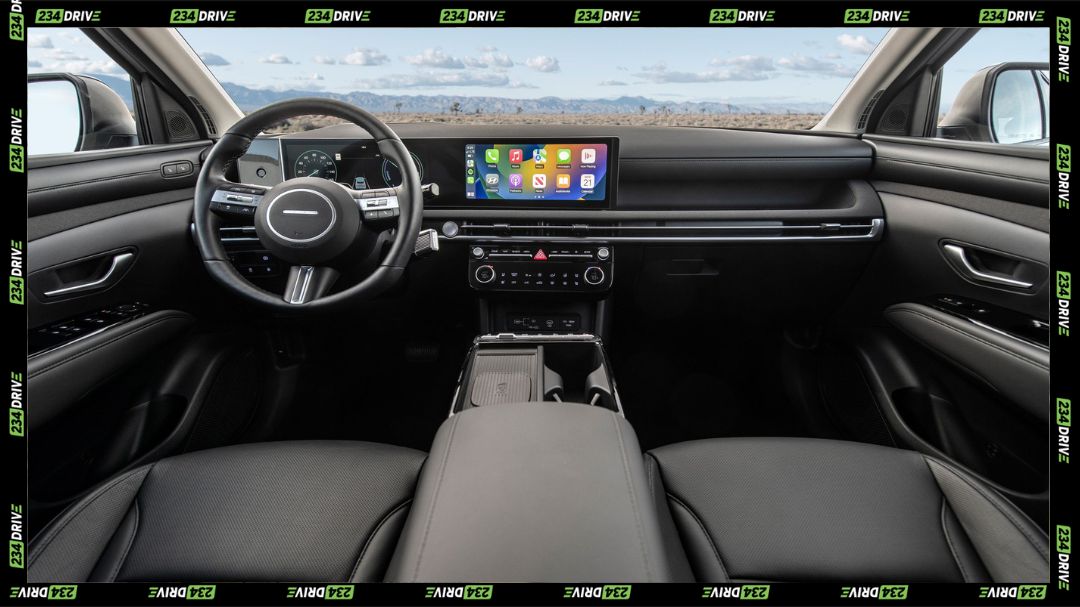
Passenger comfort remains a key highlight. The Tucson offers ample headroom and legroom for five occupants, supported by well-cushioned seats and a quiet cabin. Cargo space leads the segment with 41.2 cubic feet behind the rear seats, expanding to 80.3 cubic feet when folded. Higher trims include heated and ventilated front seats, a heated steering wheel, and rear air vents for added comfort. The column-mounted shifter frees up space for a larger centre console, accommodating cupholders and wireless charging pads. The result is a thoughtfully arranged interior that prioritises everyday usability.
Performance and Driving Dynamics
Under the bonnet, the standard 2.5-litre four-cylinder engine produces 187 horsepower and 178 lb-ft of torque, paired with an eight-speed automatic transmission. It delivers a smooth, predictable drive ideal for urban commuting and long-distance travel. Front-wheel drive is standard, with all-wheel drive available for added traction. Acceleration is modest, taking about 8.8 seconds to reach 60 mph, but the powertrain’s refinement makes it well-suited for comfort-focused buyers. Fuel economy is rated at 25 mpg city and 33 mpg highway for FWD models.
For drivers seeking more punch, the hybrid variant combines a turbocharged 1.6-litre engine with an electric motor, producing 231 horsepower and 271 lb-ft of torque. The hybrid setup offers brisker acceleration and a quieter experience at low speeds, though real-world fuel efficiency averages slightly lower than the 2024 model. The Tucson’s suspension balances comfort and composure, delivering a confident ride over rough roads without excessive body roll. Noise isolation has also been improved, contributing to a more serene driving experience.
Technology and Safety
The 2025 Tucson’s technology upgrades enhance its everyday usability. The new 12.3-inch touchscreen infotainment system supports wireless Apple CarPlay and Android Auto, while higher trims introduce a premium Bose sound system, navigation, and a digital key feature. Hyundai’s decision to restore physical buttons for essential controls is widely praised for convenience and safety.
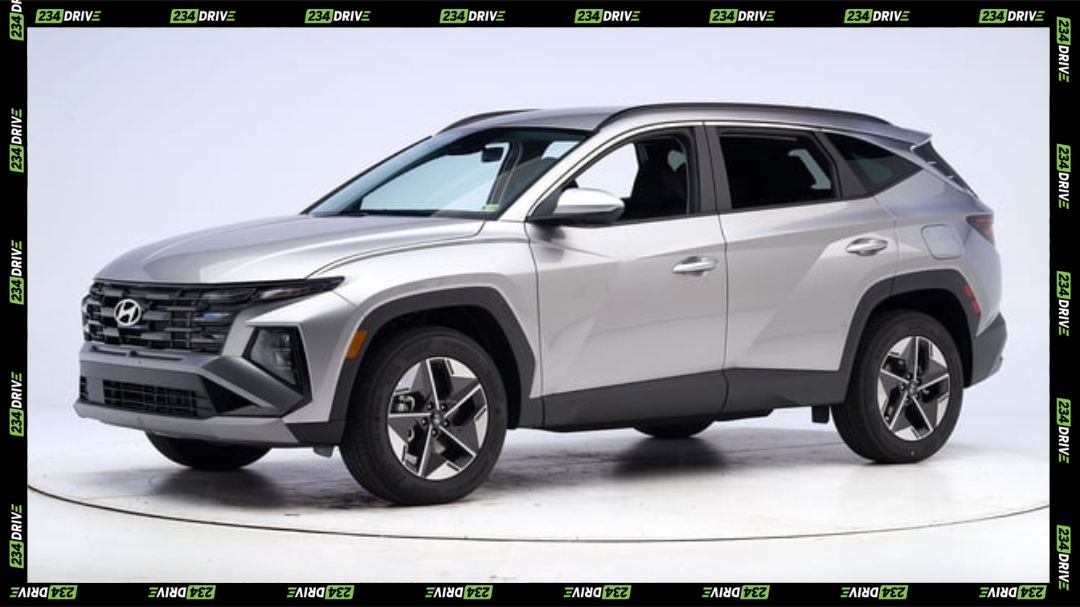
Advanced safety remains a strong suit. The SUV includes standard driver-assistance technologies such as forward collision warning, automatic emergency braking, adaptive cruise control, lane-keeping assist, and blind-spot monitoring. The addition of features like Baby Mode—which softens throttle response for smoother rides with infants—and remote smart parking further elevates its practicality. Hyundai continues to earn top safety ratings, reinforcing its commitment to family-oriented design.
Why The Hyundai Tucson Works in Nigeria
In markets like Nigeria and other African regions, the Tucson’s combination of ground clearance, durability, and reliability makes it particularly suitable for diverse driving conditions. The suspension tuning handles both city potholes and semi-rural roads effectively, while its moderate size ensures easy manoeuvrability in urban traffic. The hybrid variant offers the benefit of improved fuel efficiency—a significant advantage given fluctuating fuel prices.
Climate control performance is robust, with effective air conditioning systems well-suited to tropical environments. Maintenance accessibility is another strength, as Hyundai’s expanding service network and relatively affordable spare parts make ownership straightforward. Its premium but approachable styling also aligns with professionals seeking a practical yet status-enhancing vehicle.
How It Compares Against Rivals
The Hyundai Tucson competes directly with established compact SUVs like the Toyota RAV4, Honda CR-V, and Mazda CX-50. Compared to the RAV4, the Tucson offers a more refined interior and better tech integration at a slightly lower starting price. The CR-V edges ahead in ride comfort and hybrid fuel economy, but the Tucson counters with superior infotainment and warranty coverage. Against the sportier CX-50, Hyundai’s SUV prioritises comfort over performance but maintains excellent value and long-term dependability.
In terms of resale value, Toyota remains the benchmark, but Hyundai has made significant strides in retaining value over time. Durability and maintenance costs are competitive, especially given the brand’s strong warranty—five years or 60,000 miles for basic coverage, and ten years or 100,000 miles for the powertrain. This warranty outlasts most rivals, reinforcing Hyundai’s appeal among long-term buyers seeking reliability without premium pricing.
Price and Value Proposition
Pricing for the 2025 Tucson starts around $28,355 (approx. 41.4 million naira) for the base SE trim and climbs to approximately $38,295 (approx. 56.2 million naira) for the fully equipped Limited model. Considering the technology suite, safety features, and interior upgrades, the Tucson offers strong value relative to competitors. The hybrid variant commands a modest premium but provides tangible efficiency and performance benefits. Combined with Hyundai’s generous warranty and low maintenance costs, it stands out as one of the best-rounded options in the compact SUV segment.
Conclusion
The 2025 Hyundai Tucson refines an already impressive formula, merging style, practicality, and cutting-edge tech into one well-balanced package. Its improvements in ergonomics, technology, and comfort elevate the driving experience without inflating the price. While not designed for performance enthusiasts, it excels where it matters most—reliability, space, and ease of ownership.
For buyers seeking a modern compact SUV that delivers everyday comfort and premium features at a reasonable cost, the 2025 Hyundai Tucson remains a top contender. What do you think—does Hyundai’s subtle refresh strike the right balance between innovation and familiarity?


